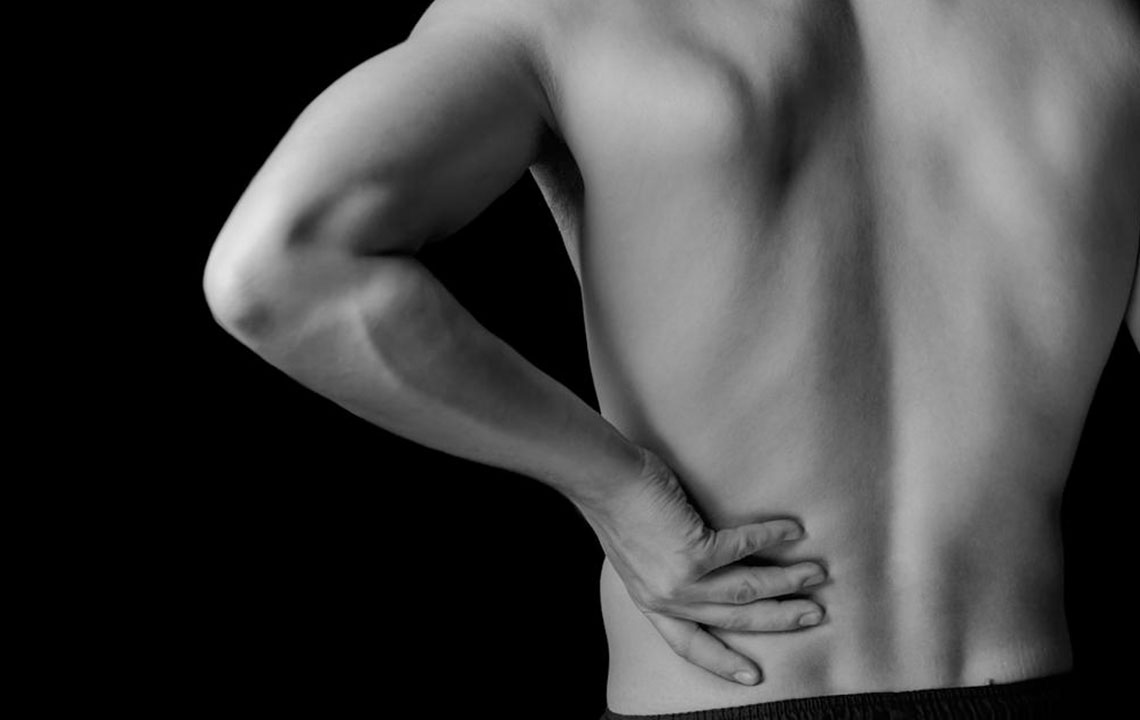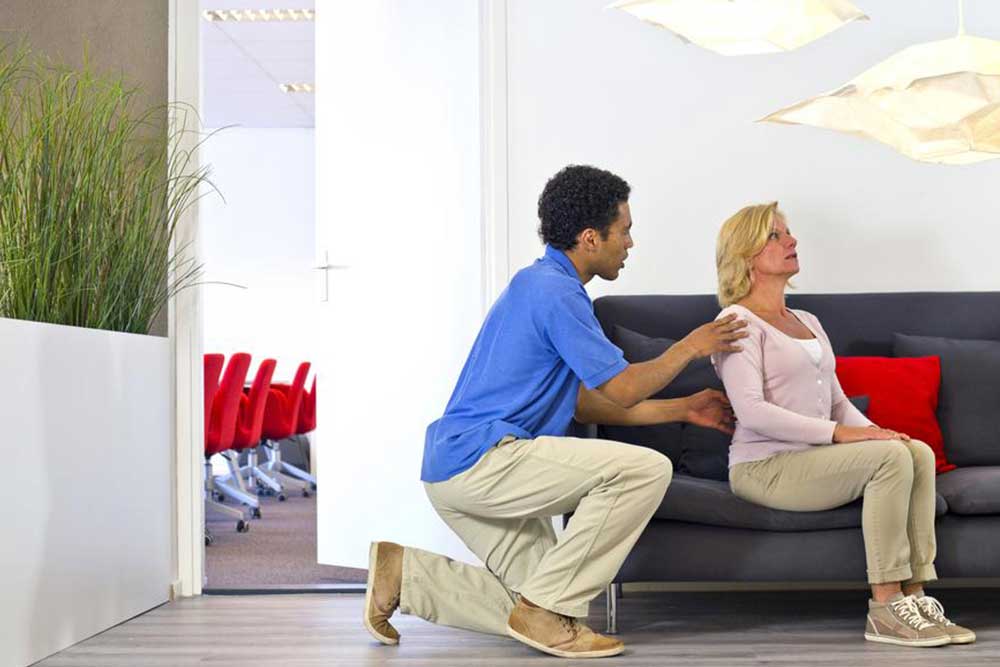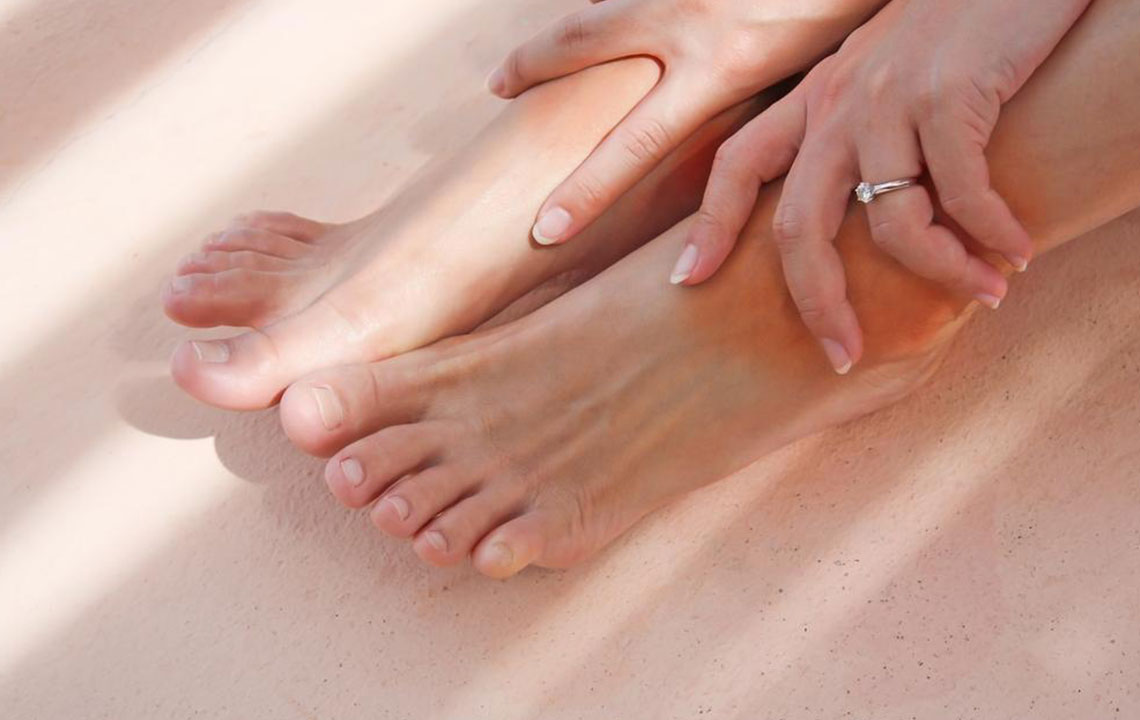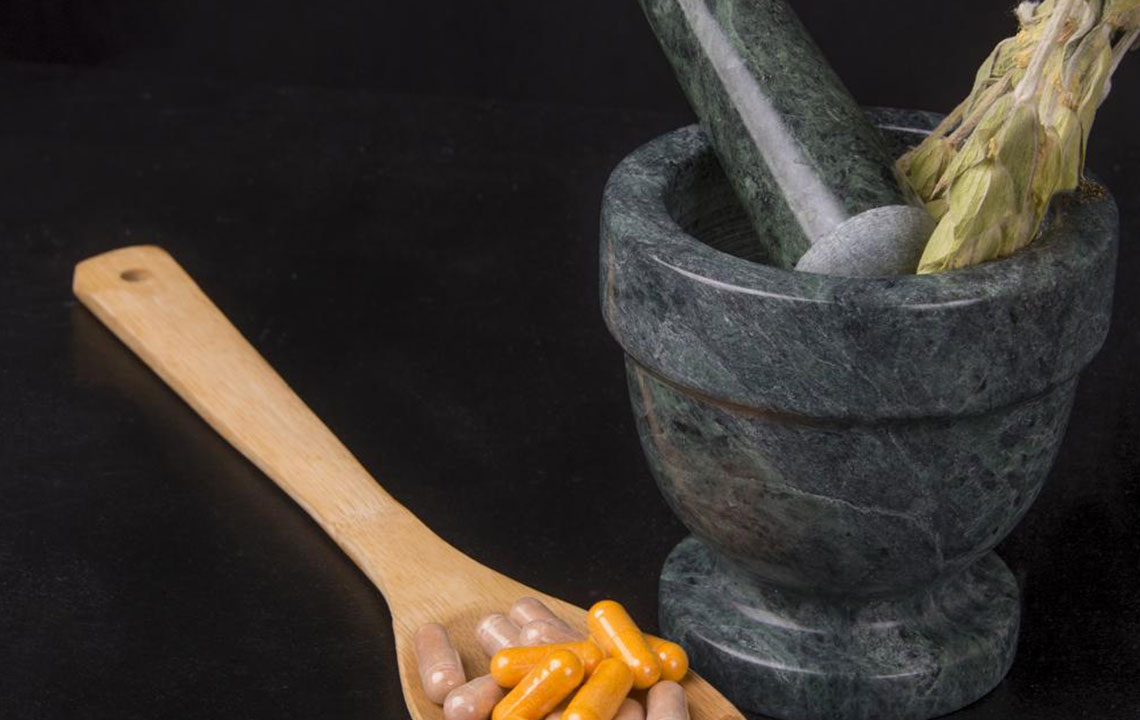Effective Strategies and Treatments for Lower Back Discomfort
Discover comprehensive lower back pain relief options including home remedies, medical treatments, alternative therapies, lifestyle changes, and surgical options. Learn effective strategies to manage and prevent lower back discomfort for improved quality of life.

Strategies and Remedies for Alleviating Lower Back Discomfort
Lower back discomfort can stem from injuries to the spine, muscles, or ligaments in the lower back. It may also result from nerve compression caused by medical issues or accidents.
Damage to lumbar discs can trigger intense pain and swelling requiring prompt attention.
Additionally, degenerative conditions like arthritis or osteoarthritis, tumors, infections, or bone deformities can contribute to lower back pain.

The severity of discomfort correlates with the extent of spinal injury. Severe injuries from accidents necessitate medical assessment for complications. Mild pain from sudden twisting or bending can often be managed at home.
Choosing the right relief method depends on the cause and severity of pain. Below are some treatment options for managing lower back discomfort.
Home-Based Remedies
Applying hot or cold compresses can reduce pain by numbing nerves or increasing blood flow to minimize swelling. Ice packs or warm compresses are effective tools for relief.
Medical Medications
If home remedies do not alleviate your symptoms, consulting a healthcare professional is advised. Treatment may include:
Muscle relaxants to ease tension around the lower back
Anti-inflammatory medications to reduce swelling
Painkillers or narcotics for short-term relief
Lumbar corticosteroid injections for chronic pain management
Alternative Therapies
When conventional treatments are ineffective or unsuitable, alternative therapies offer safe options. These are ideal for avoiding long-term medication use or for those seeking complementary approaches.
Acupuncture
By stimulating specific points, acupuncture boosts circulation and relieves muscle tension and stress.
Chiropractic Care
Manual adjustments from a chiropractor can help realign the spine and reduce pain.
Therapeutic Massage
Massage using medicated oils like clove oil can relax pulled muscles or tendons, reduce inflammation, and ease discomfort.
Support Devices
Back braces are beneficial post-surgery or during pregnancy to prevent additional strain and promote healing.
Lifestyle Adjustments
Modern sedentary lifestyles and heavy reliance on machinery can weaken the spine, leading to pain. Incorporating healthy habits, regular movement, and ergonomic practices can reduce future risk and improve existing discomfort.
Yoga and Stretching
Consistent yoga practices help alleviate muscle strains, build strength, and enhance flexibility, lowering injury risks. Stretching hamstrings and back muscles can also provide quick relief from minor spinal strains.
Meditation
Mindfulness and meditation reduce stress and anxiety contributing to chronic back pain. They promote relaxation, endorphin release, and overall well-being.
Surgical Interventions
Surgery is considered only when pain persists beyond three months or results from severe medical conditions. Advances in minimally invasive procedures have reduced recovery times. Major surgical options include:
Decompression surgery to free compressed nerves, often used for herniated discs
Spinal fusion to stabilize the spine in chronic cases
Artificial disc replacement for disc-related injuries
Seek immediate medical advice if experiencing severe back pain.
Note: Our blog offers valuable insights across various topics, but the information should not replace professional medical advice. Always consult a healthcare provider for accurate diagnosis and treatment options. The website is not responsible for discrepancies or missing information available elsewhere.










